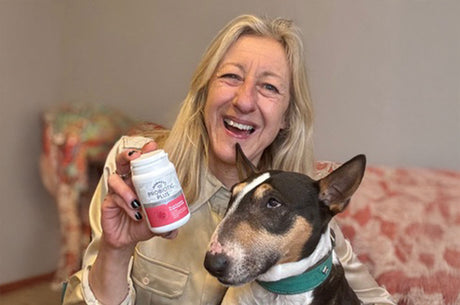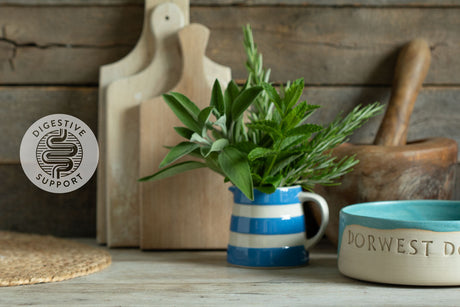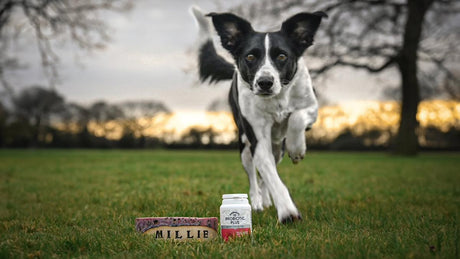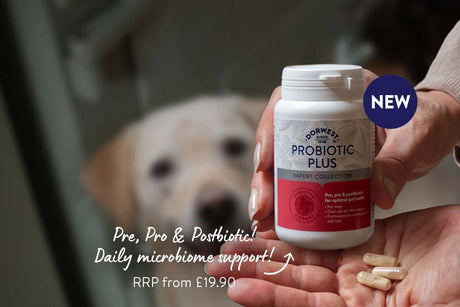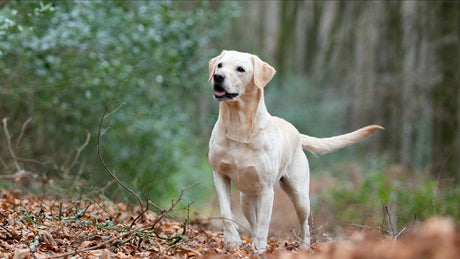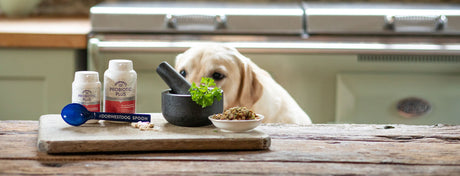
It’s true what they say, dogs love to run! However, as us dog owners know, it’s not always easy to give our dogs the opportunity. Perhaps you can’t let your dog off the lead, your garden is too small, or you aren’t a runner yourself, so can’t let them run for fear of losing your arm!
All of this can change. If you are embodying the mantra ‘new year, new me’ or you’ve started the Couch to 5K, there’s no reason not to get your four-legged friend involved too. Unlike your partner or friends, your trusty-sidekick is likely to be more enthusiastic about joining you for exercise!
Running with dogs is a great way to transform your fitness alongside your dog’s fitness. Here’s how to get started running with your dog:
Preparation - Ease into it
Just as we can’t become fit overnight, a dog can’t turn into a running dog straight away. Whilst you’re out running, start jogging for a minute at a couple of intervals. If you’re new to running, this will be helpful for you both. Dogs’ fitness improves the more they get to exercise, and soon you will be able to head out and run the complete route.
Some runners clip the lead to a belt around their waist, but it’s recommended that you don’t attempt this until you have done quite a few runs together. You need to establish that your dog will stay with you and won’t dart off if another dog catches their eye. Once you’re in sync, you can take part in Canicross!
Before choosing between a collar or a harness it’s important to research the benefits of each.
Terrain - Go somewhere with soft ground
If you can choose locations with soft ground such as woodland, fields or sand. It’s ok to go running with your dog on the pavement but be sure to treat their sore pads with paw balm. Our Paw & Nose Balm contains organic ingredients and ultra-nourishing and soothing for sore, cracked pads.
As well as thinking carefully about where you go running together, it’s important to think about the weather conditions that your pooch will be running in. Make sure that it’s not too hot; dogs don’t cool down as fast as we do! And always have water with you.
Routine - Create a pattern
Try to create a new routine, one that will tell dogs that they are about to go for a run. It’s a good idea to make sure your dog is calm before you go running with your dog in areas where there may be other running dogs. Instead of leaving the house when they are super excited as you’ve just put their lead on, ask them to sit and wait for a couple of minutes before you leave the house.
Diet - How much should a running dog eat?
If the maximum number of times you go running with your dog a week is 3 then you won’t need to worry about increasing their food-intake. We’re sure a few extra treats for being a good boy or girl won’t go a miss though!
It’s important to make sure that you don’t go running straight after eating. Wait for around 2 hours after your dog has eaten before you head out to exercise.
Joints - Support for dogs
Don’t forget about their joints – joint care for dogs who exercise is very important. Over time, dog exercise can affect the cartilage in their joints and the synovial fluid that keeps them lubricated to function well. JointWell® Tablets is one of the best joint supplements for dogs as it helps their body to manufacture the collagen and proteoglycans that they need.
You can also discuss the other natural supplements for dogs we have available with one of our experienced advisors. Please get in touch on 01308 897 272 or use our contact form. Plus, get free UK delivery on orders over £50.
Please be aware that dogs shouldn’t go running if they are under 12 months, and they shouldn’t run for more than 10 miles at a time if they are younger than 18 months.
Please remember, you should always consult a vet if you are concerned about your pet’s health.

